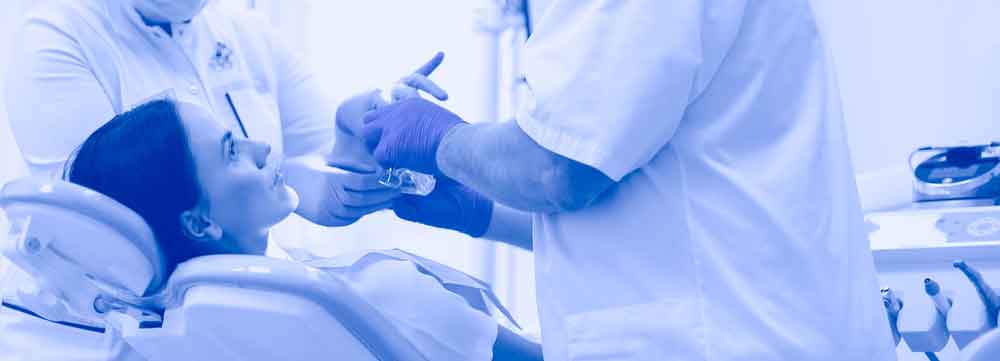Dental anxiety is a common hurdle that prevents many individuals from seeking the oral care they need. The fear of pain, the sound of dental tools, or past negative experiences can create a sense of dread that keeps people away from the dentist's chair. However, with the right techniques and approaches, dental procedures can become anxiety-free experiences, promoting better oral health and overall well-being.
Understanding Dental Anxiety
Dental anxiety can stem from various sources, including fear of pain, a sense of loss of control, or even past traumatic experiences. This anxiety can have a profound impact on oral health, as individuals may avoid routine check-ups and necessary treatments, leading to more significant dental issues over time.
Creating a Comfortable Environment
One of the key factors in reducing dental anxiety is the creation of a comfortable and welcoming environment within the dental office. The use of calming colors, soothing decor, and a friendly atmosphere can significantly contribute to alleviating patient stress.
Effective Communication with Patients
Building trust through effective communication is crucial in managing dental anxiety. Dentists and their staff should take the time to listen to patients' concerns, address fears, and provide clear explanations of procedures. This transparency helps patients feel more in control and lessens anxiety.
Pain Management Techniques
Advancements in painless dental procedures have revolutionized the patient experience. Dentists now have access to sophisticated local anesthesia techniques, ensuring minimal discomfort during treatments. This not only reduces physical pain but also contributes to a more relaxed and anxiety-free atmosphere.
The Role of Technology in Anxiety-Free Dentistry
Incorporating technology plays a vital role in creating anxiety-free dental experiences. Virtual reality and distraction techniques can divert patients' attention from the procedure itself, helping them relax. High-tech diagnostic tools and equipment ensure precision and efficiency in treatments, contributing to a more positive overall experience.
Mind-Body Connection in Dentistry
Recognizing the mind-body connection is essential in anxiety-free dentistry. Implementing relaxation techniques, such as guided imagery, breathing exercises, and mindfulness, can help patients manage stress and anxiety during dental procedures. This holistic approach addresses both the physical and emotional aspects of the patient experience.
Patient Education and Empowerment
Empowering patients with information about dental procedures is a proactive approach to reducing anxiety. Dentists should take the time to explain treatments, potential outcomes, and address any questions or concerns patients may have. Involving patients in decision-making fosters a sense of control and reduces anxiety.
Importance of Regular Dental Visits
Emphasizing the importance of regular dental check-ups for preventive care is crucial in reducing anxiety. When individuals maintain routine visits, potential issues can be identified and addressed early, minimizing the need for more invasive and anxiety-inducing procedures.
Feedback and Continuous Improvement
Soliciting feedback from patients about their experiences allows dental practices to make continuous improvements. Actively seeking input and implementing changes based on patient suggestions contribute to an evolving, patient-centered approach that prioritizes comfort and reduces anxiety.
Overcoming Insurance and Cost Concerns
Addressing financial concerns is another aspect of creating anxiety-free dental experiences. Dental practices can discuss financing options with patients, making it clear that oral health is an investment in overall well-being. By offering accessible payment plans, the financial barrier to dental care can be significantly reduced.
Implementing these techniques not only transforms dental procedures into anxiety-free experiences but also fosters a positive and enduring relationship between patients and dental providers. By addressing the root causes of anxiety and prioritizing patient comfort, dentistry can become a more accessible and welcoming field, ensuring better oral health outcomes for everyone.


No comments yet